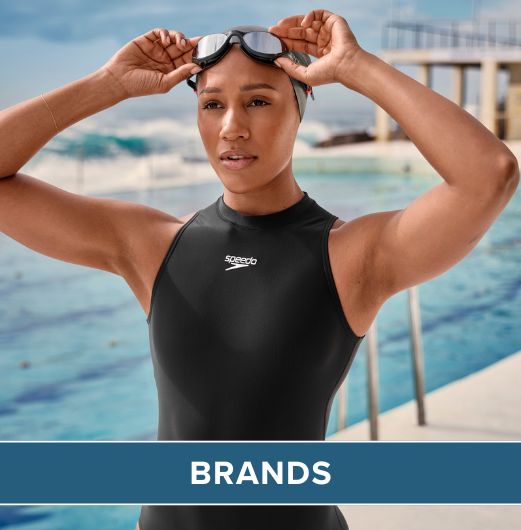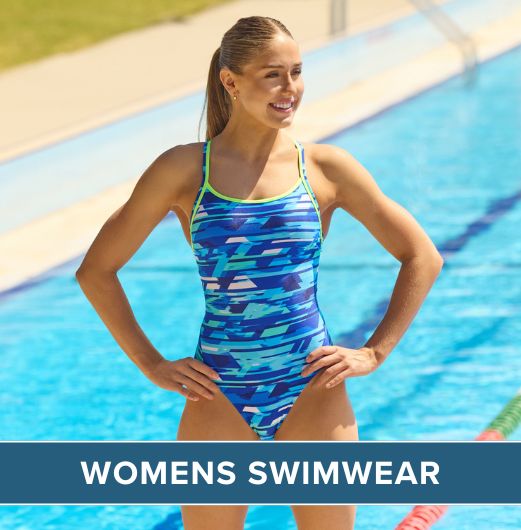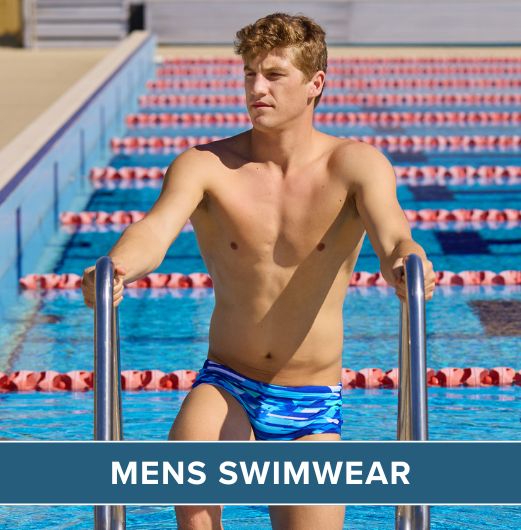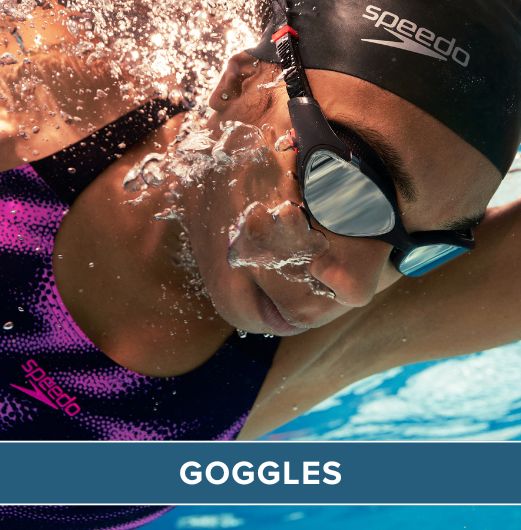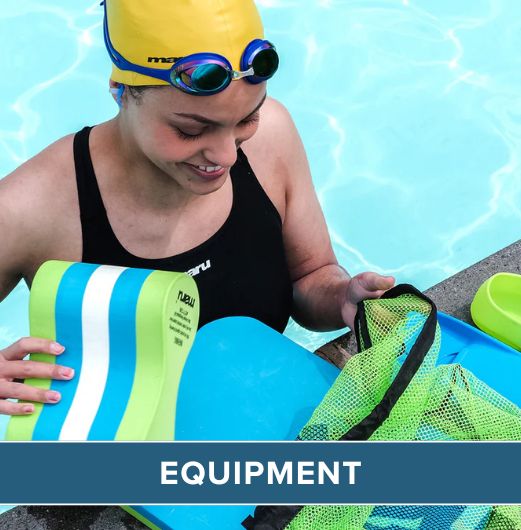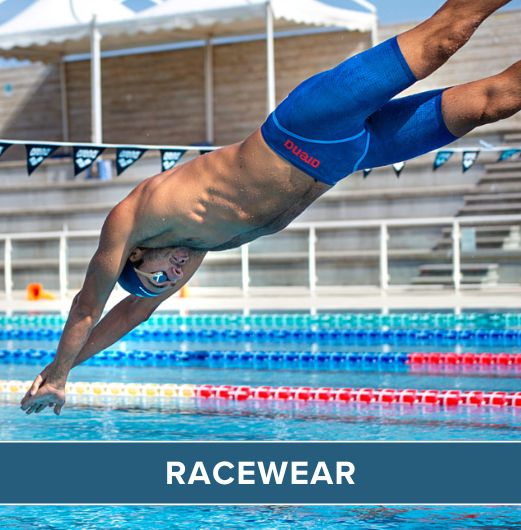Achieving faster swimming is the ultimate pursuit for every swimmer - a daily commitment. Beyond rigorous drills, intervals, and dryland training, the inclusion of swim equipment and training aids is instrumental in elevating performance. Among these, swim fins stand out for their ability to propel you through the water, enhancing your workout speed, all while enhancing overall strength and endurance without burdening the upper body. There are a wide range of styles, each tailored to specific purposes. The two most common variants are short swim fins and long swim fins.
Chances are, you've encountered both short blade and long blade fins by the pool. But what distinguishes the two? Let's dive into a quick overview of long and short swim fins to provide clarity.
Long Swim Fins
Fit & Design: Long blade swim fins closely resemble traditional snorkeling fins, featuring a longer and more flexible heel and blade. They incorporate a flat edge to enhance water resistance, resulting in a longer and wider kick. It's worth noting that prolonged use may cause the longer blade to become more flexible and stretched, potentially affecting efficiency and longevity.
Pros & Cons: Long swim fins offer increased resistance and flexibility in your kick. They cover more water surface, promoting muscle engagement, lifting the legs and hips, and accelerating forward movement. However, the elongated blade limits your range of motion, which may hinder replicating a natural, quick-kicking style.
Summary: Long blade swim fins are an excellent choice for beginner and intermediate swimmers seeking ease of speed, comfort, and kicking flexibility.
Short Swim Fins
Fit & Design: In contrast, short blade swim fins are significantly shorter, extending only a few inches beyond your toes. They come in a variety of styles, including angled and flat edges, designed to target different muscle groups and strokes. Due to their shorter design, short blade fins tend to be stiffer and less flexible, contributing to their extended lifespan.
Pros & Cons: Short blade fins excel in maintaining a quick tempo and higher kick rate. They facilitate ideal propulsion through the water, aiding in technique refinement, replicating natural race speeds, and building specific leg muscle strength. However, the increased kick rate may lead to quicker muscle fatigue, requiring additional effort to maintain the prescribed pace.
Summary: Many swim coaches prefer short fins due to their alignment with the natural, non-finned kicking pattern. Their swifter nature offers dual benefits, making them ideal for experienced swimmers deeply immersed in training.
The choice between short and long swim fins hinges on your skill level, training objectives, and personal preferences. Each type offers distinct advantages and considerations, providing valuable tools for technique enhancement and performance optimization in the water.
 Free Tracked UK Delivery
Free Tracked UK Delivery Hassle Free Returns
Hassle Free Returns Next Working Day OPTION
Next Working Day OPTION Found It Cheaper?
Found It Cheaper?



